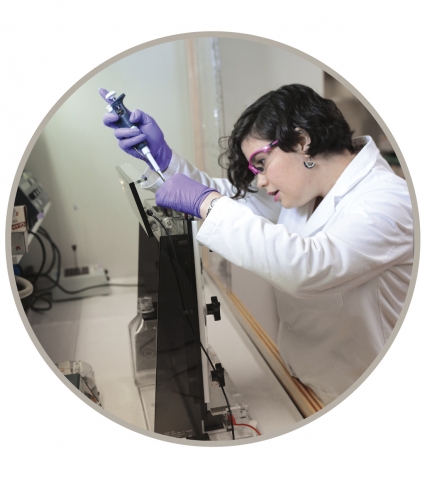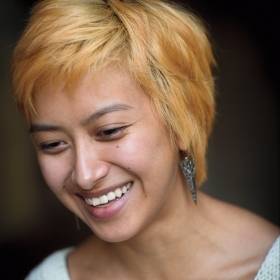Wellesley’s mission to educate women who will make a difference in the world hasn’t changed. But the world students and alumnae engage with, as well as the resources and programs required to prepare graduates for their life work, have changed. The initiatives to be funded by the Campaign to Advance the Wellesley Effect are broad and deep. They will shape the College, its faculty and academic offerings, as well as the student experience, for many years to come.
The campaign rests on four pillars, as shown below. They represent a wide array of opportunities for giving—from endowments and large renovation projects to funds for current use through annual giving.
Overall goal: $500 million











We ask that those who engage in Wellesley magazine's online community act with honesty, integrity, and respect. (Remember the honor code, alums?) We reserve the right to remove comments by impersonators or comments that are not civil and relevant to the subject at hand. By posting here, you are permitting Wellesley magazine to edit and republish your comment in all media. Please remember that all posts are public.